Tobias Meyer-Zedler
Leibniz IPHT | Jena, Germany
“Multimodal Nonlinear Endomicroscopy for Use in Clinics”

The combination of nonlinear imaging techniques such as Coherent Raman Scattering (CRS), two photon excited fl uorescence and second harmonic generation enable the rapid investigation of large specimen for disease diagnostics, i.e., to identify disease specific marker molecules or to localize compositional changes. For complex diagnostic tasks, e.g., tumor margin detection, grading and staging of tumors or the recognition of infectious diseases at an early stage, multimodal nonlinear imaging and specifically imaging of a broader part of the vibrational spectrum is advantageous.
In this contribution, we will present our latest research results on multimodal nonlinear imaging focusing on the implementation into endoscopes for clinical application. We cover also the combination of diagnosis and treatment by combining imaging and fs-laser ablation. In addition, laser concepts and application for broadband CARS (BCARS) and broadband SRS which enable the acquisition of parts or the full vibrational spectrum within time frames as short as an individual laser pulse are presented. By simultaneously probing a signifi cant part of the spectrum, broadband CRS is ideally suited for fast composition diagnostics on complex tissue and cell samples, but broadband laser sources are crucial. To identify small disease induced changes machine learning and AI based data analysis algorithms are crucial and need to be used.
Acknowledgements
The work presented has received funding from the European Union’s Horizon 2020 research and innovation programme under grant agreements No 101016923 (CRIMSON), No. 860185 (PHAST) and No. 101135175 (uCAIR), by the BMBF, funding program Photonics Research Germany (FKZ: 13N15464.) and is integrated into the Leibniz Center for Photonics in Infection Research (LPI). The LPI initiated by Leibniz-IPHT, Leibniz-HKI, UKJ and FSU Jena is part of the BMBF national roadmap for research infrastructures.
